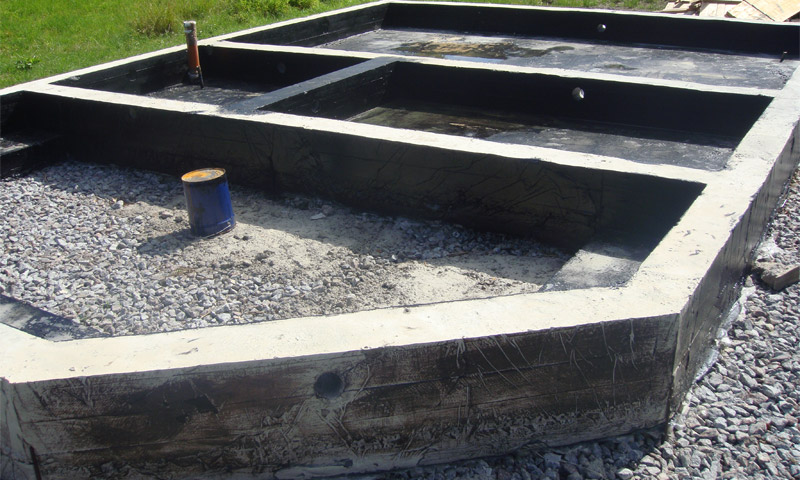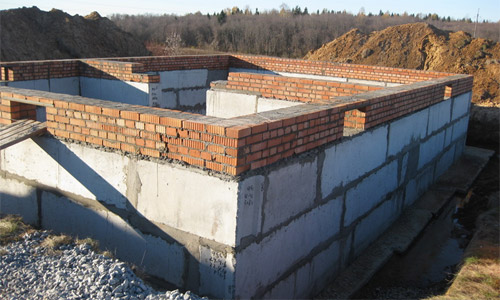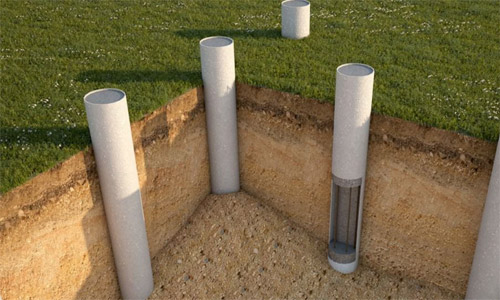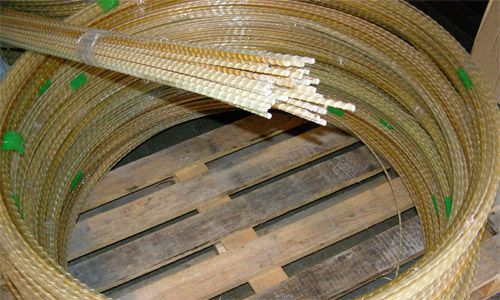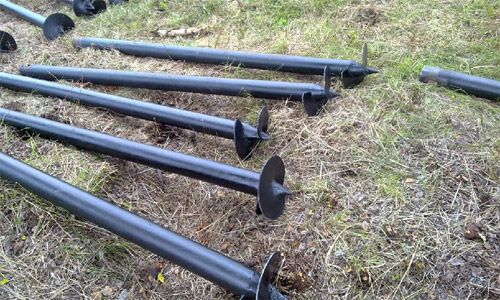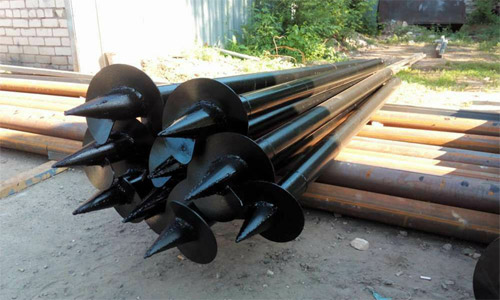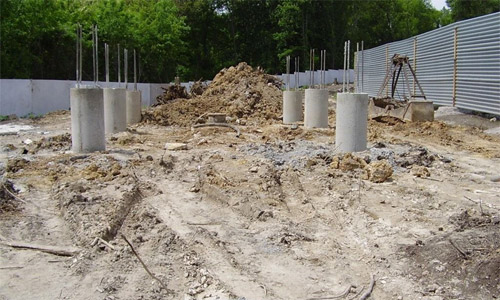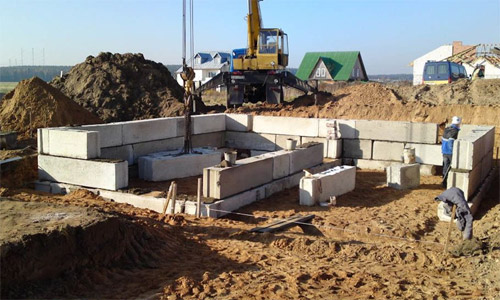A comment
It was necessary to make the strip foundation elevated above ground level. The clay on the site is clayey and there wasn’t much point to dig into it. Thus, the foundation was obtained at 0.5 m in clay soil and another 1 m in imported sand. But for such a design, it is necessary to provide for proper and good drainage. Otherwise, the water that accumulates in the sand will not find a way out, because under it is clay. In winter, when frozen, it will freeze very much, increasing in volume - it will heave and may damage the SA foundation. We solved this issue by making a drainage ditch along the perimeter of the embankment with a slope of the trenches to the receiving well. Unfortunately, water has to be pumped out of it from time to time, since it does not leak further into the ground. On the whole, they are satisfied with the foundation themselves, made fairly quickly, with a leveling construction site.
pros
Reliable and solid foundation
Basement does not get wet
Minuses
The high cost of imported sand cushions
